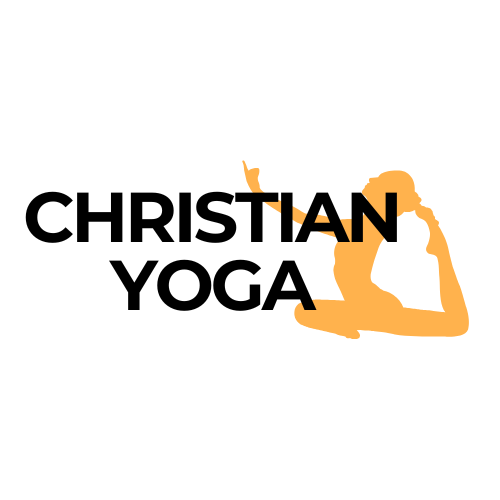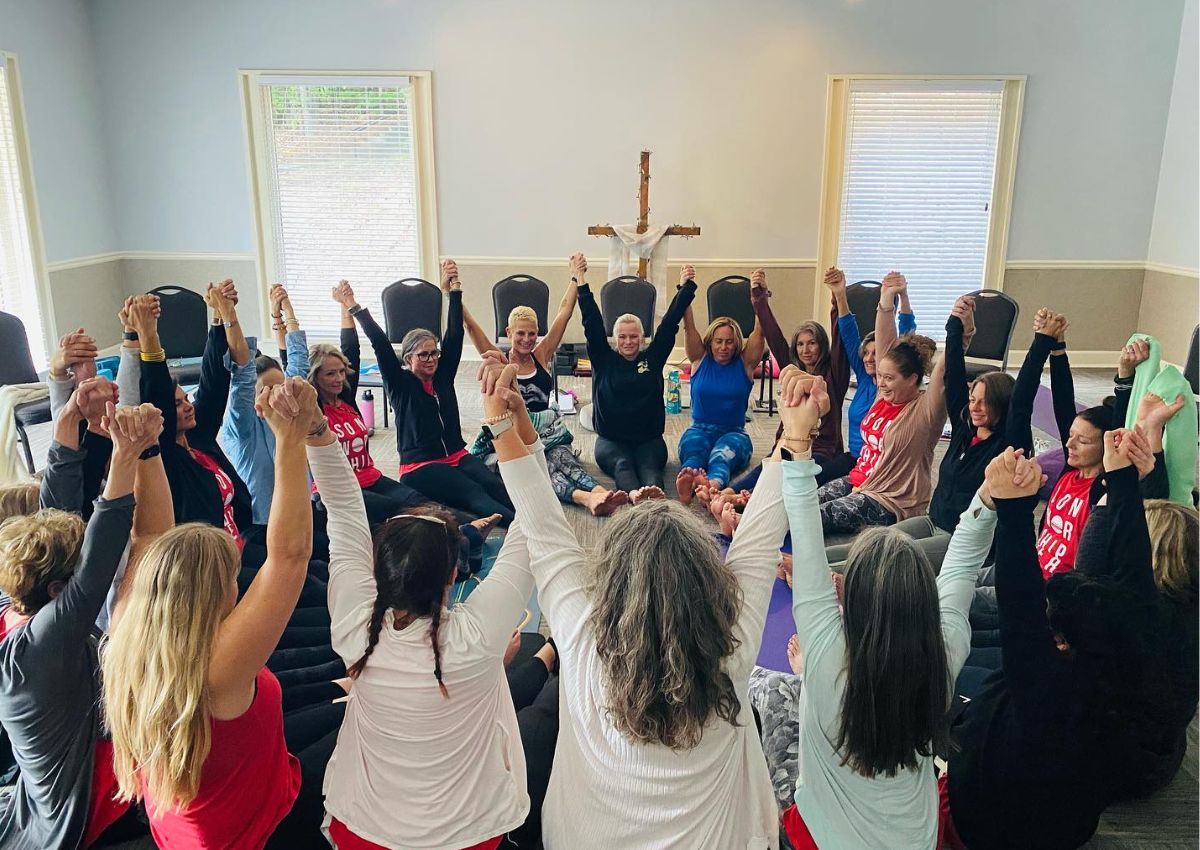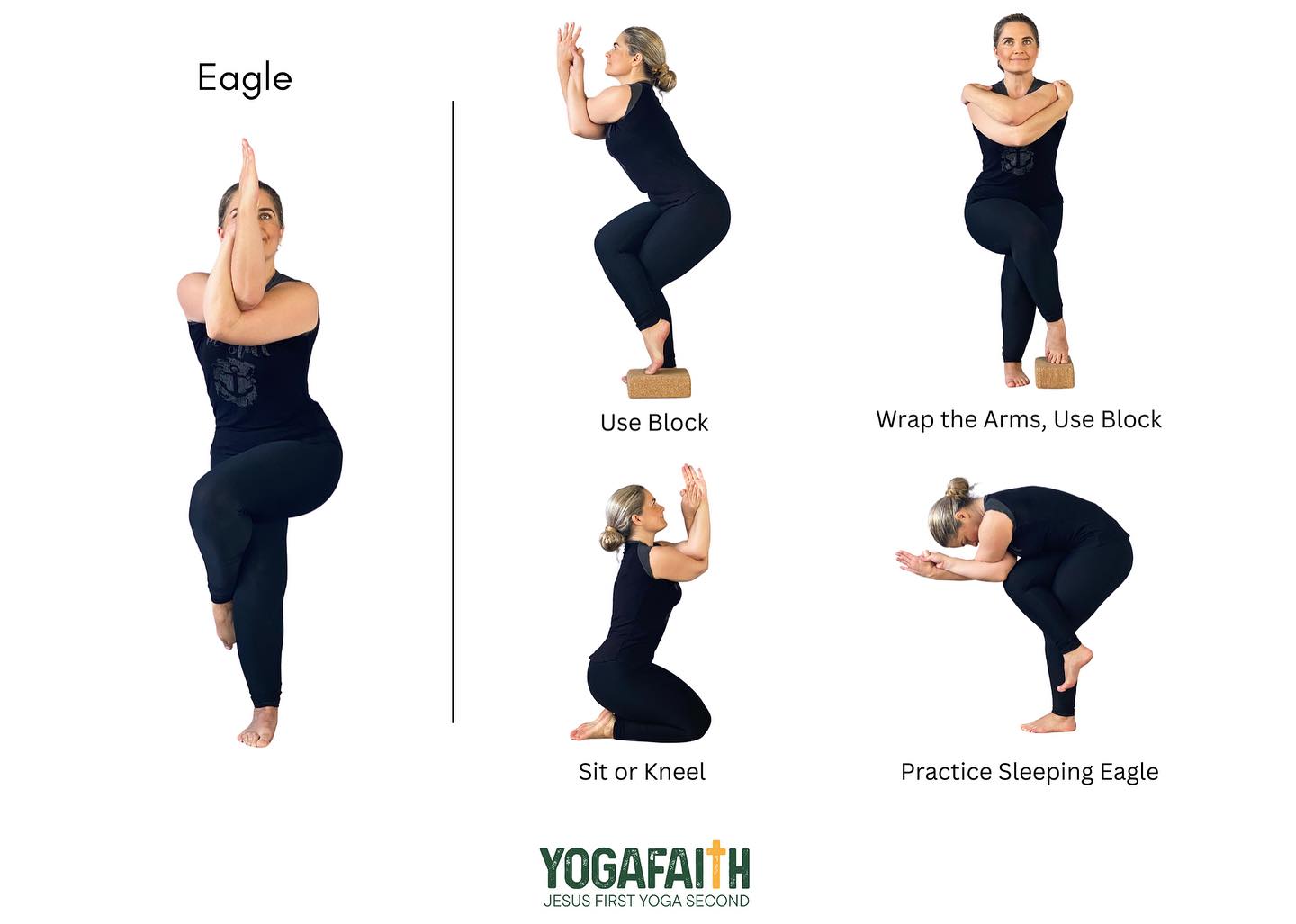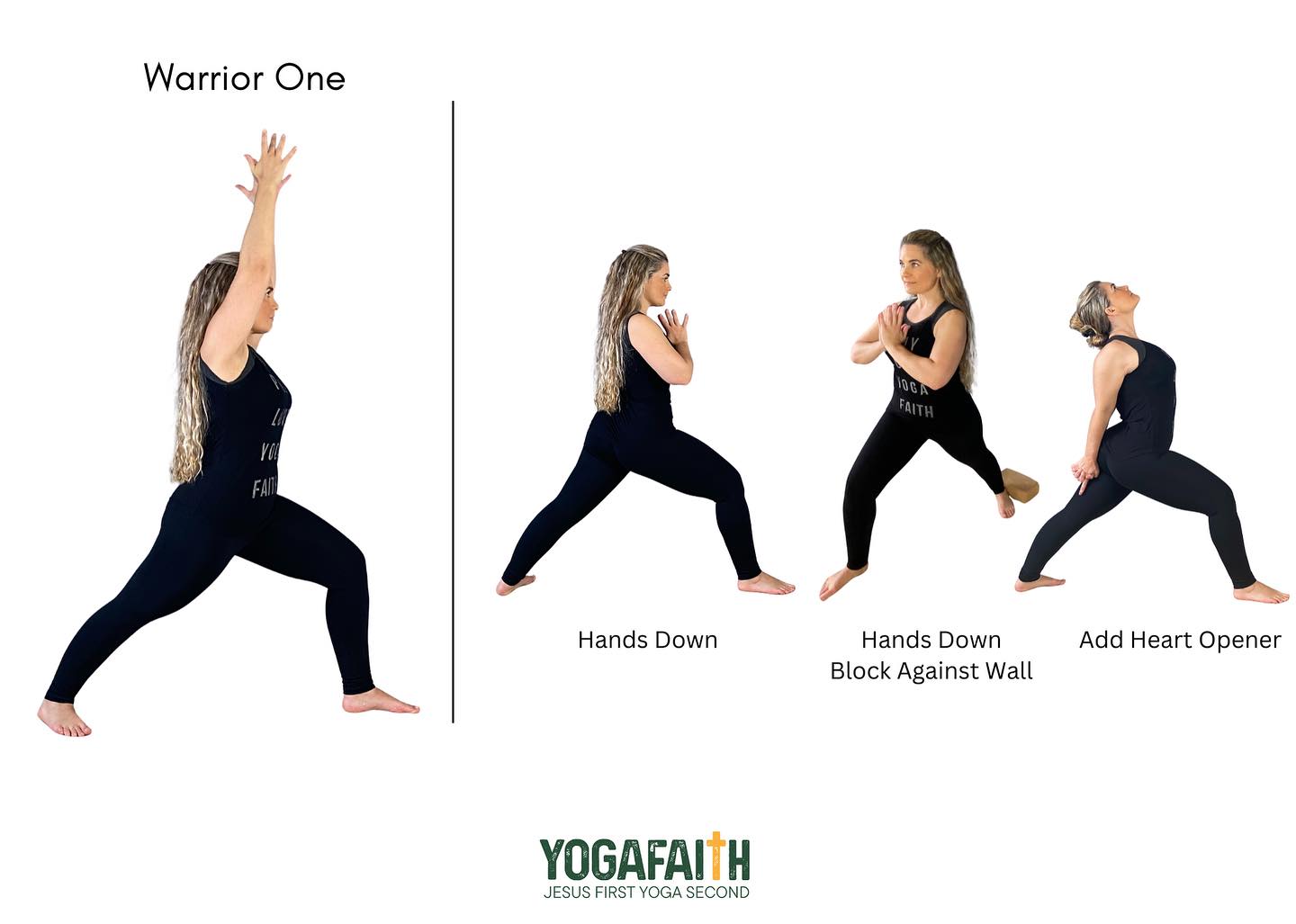Morning yoga is more than just a fitness trend; it’s a rejuvenating practice that nurtures both body and mind. Starting your day with yoga offers numerous advantages, helping you build strength, improve flexibility, and cultivate mindfulness. Many people discover lasting transformation through this routine, and online yoga teacher training is increasingly popular for deepening the practice. Let’s explore the benefits of morning yoga and why it deserves a place in your daily schedule. Enhances Flexibility and Mobility One of the most noticeable benefits of yoga is its ability to improve flexibility. Practicing in the morning helps your muscles wake up, stretch, and adapt. Over time, it increases your range of motion and prevents stiffness, which is especially helpful if you sit for long hours or experience muscle tension. Simple poses like downward dog or child’s pose are excellent for loosening up after a night’s rest. Boosts Energy Levels Yoga is a natural energy booster. By engaging in controlled breathing and movement, you stimulate your body and mind, leaving you feeling refreshed and ready to take on the day. Poses such as sun salutations activate circulation, bringing oxygen to your cells, which creates an invigorating effect. It’s a healthy alternative to relying on caffeine to wake up. Improves Focus and Mental Clarity The meditative aspect of yoga helps calm the mind, reducing mental clutter and improving concentration. Practicing in the quiet of the morning allows you to set clear intentions for the day ahead. This clarity extends to decision-making, problem-solving, and staying organized throughout your daily tasks. Strengthens Core and Posture Morning yoga strengthens your core, a critical component for maintaining good posture. Core-focused poses like plank or warrior build stability, which is essential for alignment. Practicing regularly also brings greater awareness to your posture throughout the day, helping to prevent back pain and discomfort. Reduces Stress and Promotes Emotional Balance Stress often builds up during the day, but yoga can help you start with a calm and balanced mind. Through breathing exercises and mindfulness, morning yoga lowers cortisol levels, the hormone responsible for stress. This grounding practice fosters emotional resilience, enabling you to handle challenges more effectively. Supports Digestive Health Certain yoga poses, like twists and forward bends, stimulate digestion and support gut health. Morning yoga can help regulate metabolism, relieve bloating, and promote overall digestive efficiency. Starting the day with these poses is a gentle way to encourage a healthy digestive system. Encourages Consistency and Discipline Making yoga part of your morning routine encourages discipline. It’s easier to stick to a habit when it’s the first thing you do. Over time, this consistency creates a sense of accomplishment, motivating you to continue prioritizing self-care. Improves Sleep Quality Surprisingly, morning yoga can have a positive impact on sleep. By practicing yoga early in the day, you regulate your body’s natural rhythms and reduce stress, which often interferes with restful sleep. The mindfulness and relaxation gained during practice contribute to better sleep patterns. Increases Self-Awareness and Mindfulness Yoga promotes self-awareness, helping you tune into your emotions, thoughts, and physical sensations. This heightened awareness encourages mindful living, allowing you to be more present in daily activities. Over time, it fosters a deeper connection to your inner self and surroundings. Cultivates a Positive Morning Routine Morning yoga creates a structured start to your day, replacing rushed or chaotic mornings with a calm, intentional routine. By dedicating even 15-20 minutes to practice, you set a tone of mindfulness and productivity. This structured approach often leads to healthier habits, such as better time management and prioritization of self-care. Strengthens Mind-Body Connection Yoga is a holistic practice that connects physical movements with mindful breathing. Morning sessions amplify this connection, as your mind is still free from the distractions of the day. Engaging in this practice strengthens your awareness of how your body moves and feels, empowering you to address areas of tension or imbalance effectively. Enhances Overall Health Over Time When practiced consistently, morning yoga can have a transformative impact on your overall health. From improving cardiovascular circulation to supporting mental well-being, the cumulative effects are remarkable. Regular practitioners often report increased stamina, reduced anxiety, and even a stronger immune system, making it a holistic choice for long-term wellness. Encourages Gratitude and Positivity A morning yoga practice encourages a positive mindset. As you flow through poses and connect with your breath, it creates a sense of gratitude for your body’s abilities. This positivity often extends into your interactions and outlook, enhancing your overall well-being. To Wrap Up Starting the day with yoga is a gift to yourself. It’s not just about physical movement; it’s an opportunity to align your body, mind, and spirit. With so many benefits, from improved flexibility to reduced stress, morning yoga offers a foundation for a healthier and happier life. If you’re ready to take your practice to the next level, explore online yoga teacher training. It’s a great way to deepen your understanding and share the joy of yoga with others. Begin your journey today!
What Are the Benefits of Morning Yoga and Why Should You Try It?









